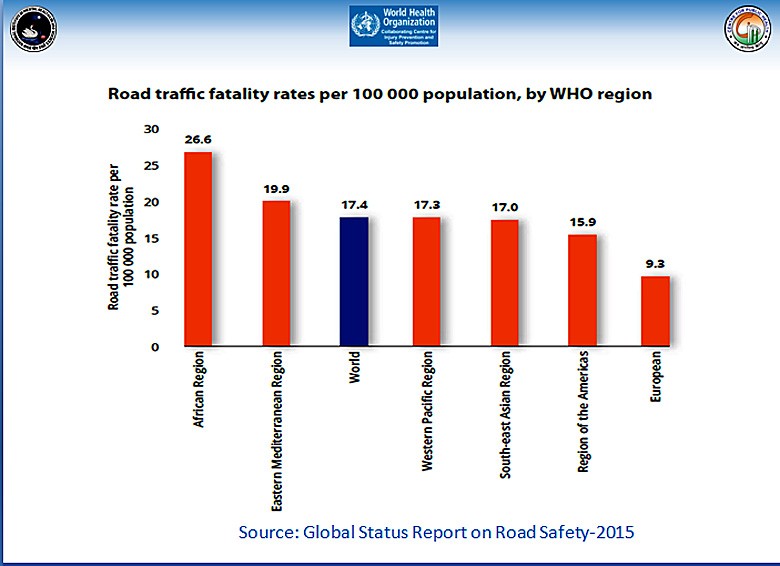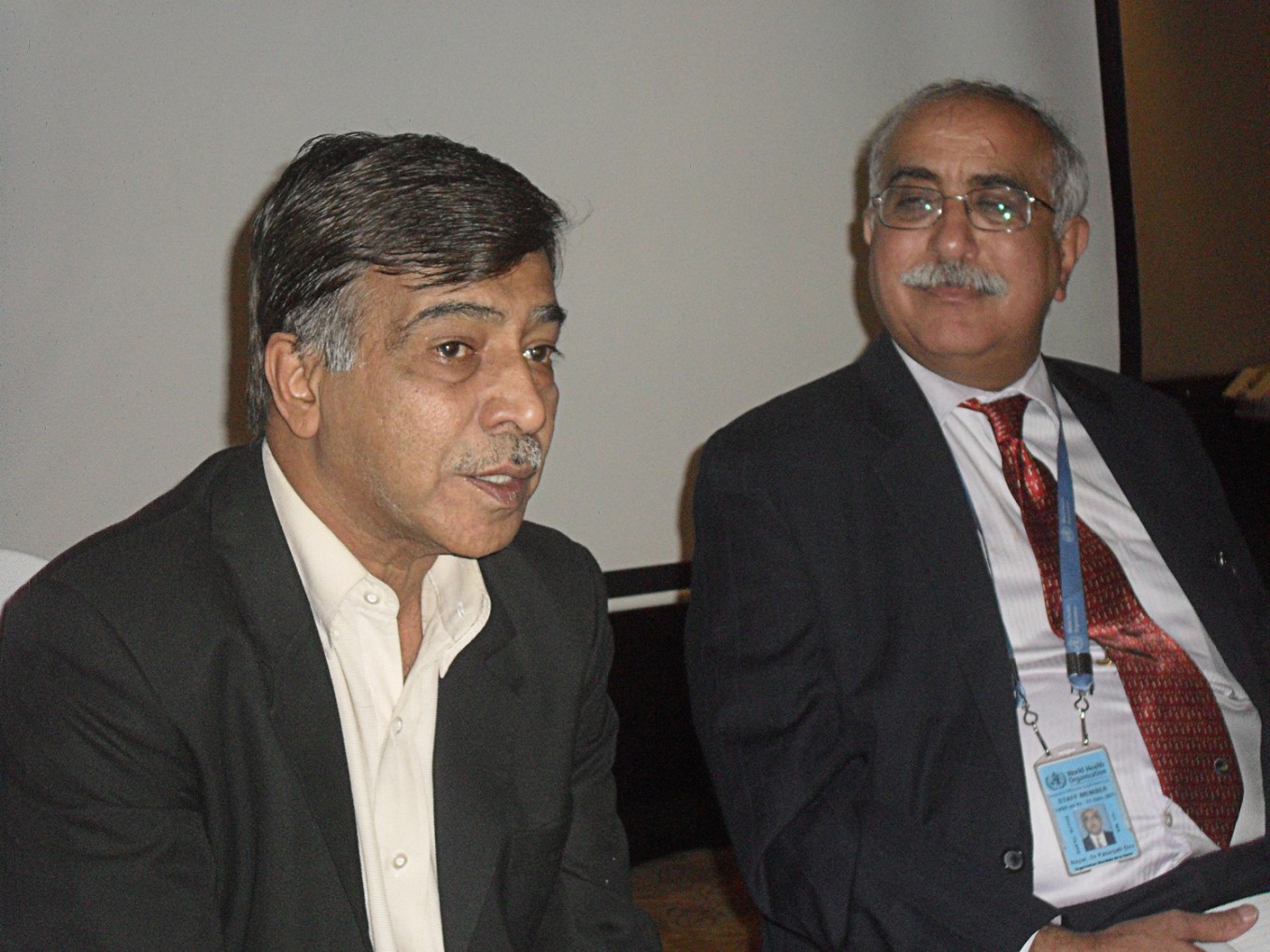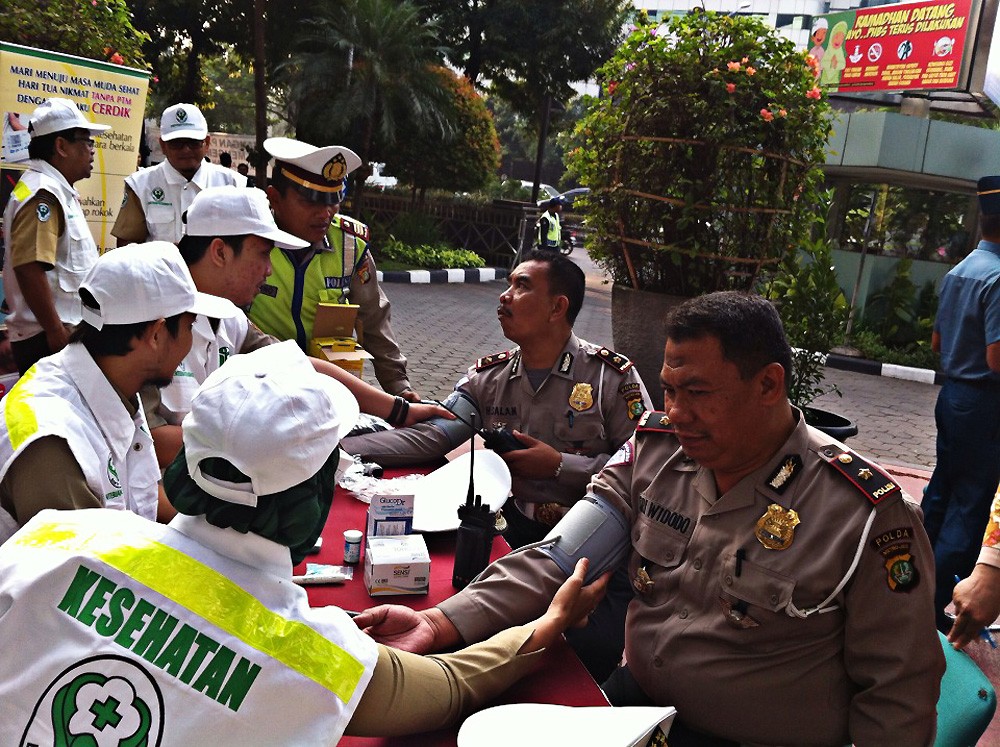Popular Reads
Top Results
Can't find what you're looking for?
View all search resultsPopular Reads
Top Results
Can't find what you're looking for?
View all search resultsTraffic accidents remain major contributor to fatalities, health problems
Change text size
Gift Premium Articles
to Anyone
I
t was a bad day for Aan Sawaludin, a resident of Sukaharja village in Cibingbin district, Kuningan regency, West Java, when he drove a car carrying passengers from Cikopo, Tangerang, Banten, on Jan. 15.
Aan and his nine passengers were on their way to Kuningan when he lost control of his Daihatsu Luxio. The vehicle hit the rear of a truck at the 161-kilometer point of the Cipali toll road in Majalengka regency, West Java, killing seven of its passengers.
Results of an analysis commissioned by the Road Accident Rescue and Traffic Accident Analysis (RAR-TAA) team revealed the Luxio had exceeded the legal speed limit of 100 km per hour.
The Cipali toll road crash was one of the worst fatal traffic incidents in Indonesia at the beginning of this year. The crash shows Indonesia remains a country with poor road discipline. It is clearly stated in the 2009 Traffic and Land Transportation Law that the maximum speed limit allowed for vehicles on toll roads is 100 km per hour. This rule is well known and widely understood among motorists. Still, there are rampant violations of speed limits.
“We have traffic rules. The question is: Are we willing and disciplined to implement the rules? If road users uphold traffic rules, I’m sure many accidents can be prevented. So, traffic culture is among major factors contributing to traffic accidents,” the Health Ministry’s health crisis prevention center head, Achmad Yurianto, told The Jakarta Post in a recent interview.
Road traffic accidents are among the leading causes of death by injury. Basic Health Research (Riskesdas) data from 2013 shows an increasing trend in the prevalence of injuries to 8.2 percent from 7.5 percent in 2007.
It further reveals 40.6 percent of total injury cases in Indonesia result from motorcycle accidents, while 40.9 percent cases are injuries from falls. The proportion of injuries caused by land transportation (motorcycles, cars and others) stood at 47.7 percent in 2013, up from 25.9 percent in 2007.
 High rate — This diagram shows the high road traffic death rate of World Health Organization (WHO) South-East Asian countries, which stands at 17 per 100,000 people.(WHO -- Global Status Report on Road Safety 2015/File)
High rate — This diagram shows the high road traffic death rate of World Health Organization (WHO) South-East Asian countries, which stands at 17 per 100,000 people.(WHO -- Global Status Report on Road Safety 2015/File)
In the World Health Organization’s (WHO) South-East Asian region, approximately 316,000 people die due to road traffic injuries every year. In this region, the road traffic death rate stands at 17 per 100,000 people. Thailand has the highest road traffic death rate, at 36.2.
Surprisingly, the number of fatalities from traffic accidents has nothing to do with the number of vehicles because according to the WHO, the road traffic death rate in European countries stands at 9.3 per 100,000 people.
“The number of vehicles is sometimes linked to the number of fatalities. However, it is actually not only about the number of vehicles but also about how disciplined road users are, how safe vehicles are, and how well pedestrians are facilitated. Multiple areas are related to fatalities from traffic accidents,” WHO South-East Asia Regional Office regional adviser for disability, injury prevention and rehabilitation, Patanjali Dev Nayar, said during the Regional Journalists Workshop on Road Safety in Colombo recently.
Few are aware that pedestrians and two other types of road users, namely cyclists and motorcyclists, are the most vulnerable to traffic accidents. They account for 50 percent of total road traffic deaths in the region, while in some countries the figure reaches more than 80 percent.
Even if people are travelling in cars, there are moments when they become pedestrians as well. When someone has to go to a market, for instance, he or she has to park the car before crossing a road, where he or she could be hit by a vehicle.
“In all countries, pedestrians, bicyclists and two-wheeler users are vulnerable road users. If we don’t create safety for these people, it is unlikely a decline in the number of regional deaths could be achieved,” said G. Gururaj, head of the epidemiology department at the WHO Collaborating Centre for Injury Prevention and Safety Promotion.
It should be kept in mind that there is no ‘one size fits all’ solution to fatalities from traffic accidents. Each country must find its own solution.
 Global concerns — G. Gururaj (left), head of the epidemiology department at the WHO Collaborating Centre for Injury Prevention and Safety Promotion, alongside WHO South-East Asia Regional Office regional adviser for disability, injury prevention and rehabilitation Patanjali Dev Nayar, discusses fatalities caused by road accidents during the Regional Journalists Workshop on Road Safety in Colombo on Dec. 5.(JP/Elly Burhaini Faizal)
Global concerns — G. Gururaj (left), head of the epidemiology department at the WHO Collaborating Centre for Injury Prevention and Safety Promotion, alongside WHO South-East Asia Regional Office regional adviser for disability, injury prevention and rehabilitation Patanjali Dev Nayar, discusses fatalities caused by road accidents during the Regional Journalists Workshop on Road Safety in Colombo on Dec. 5.(JP/Elly Burhaini Faizal)










